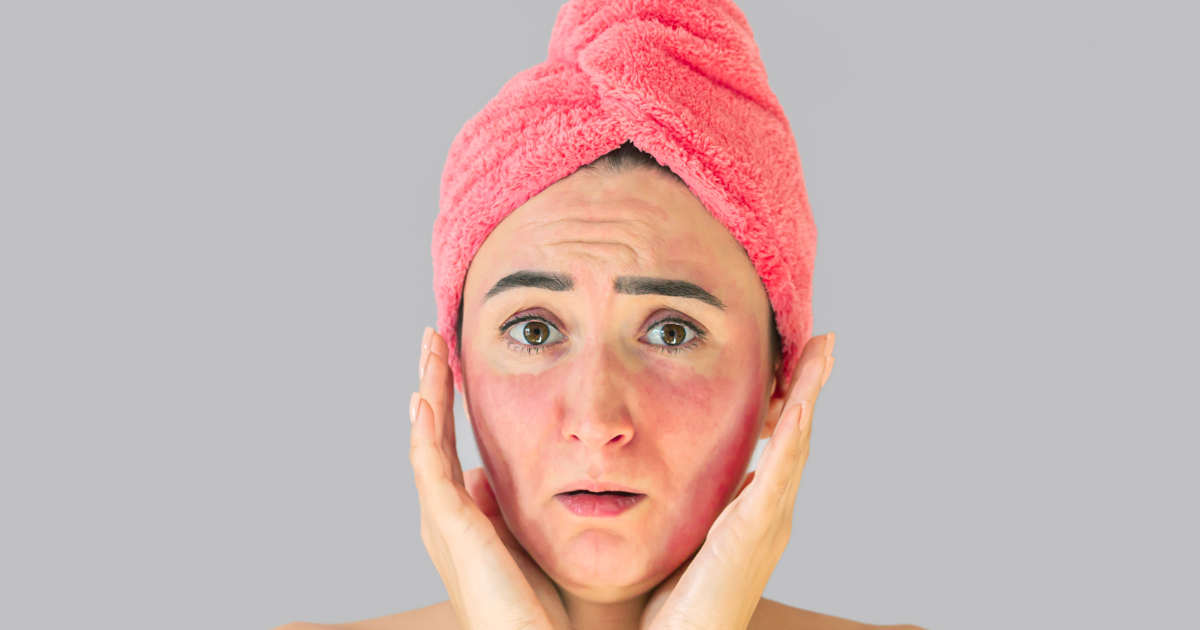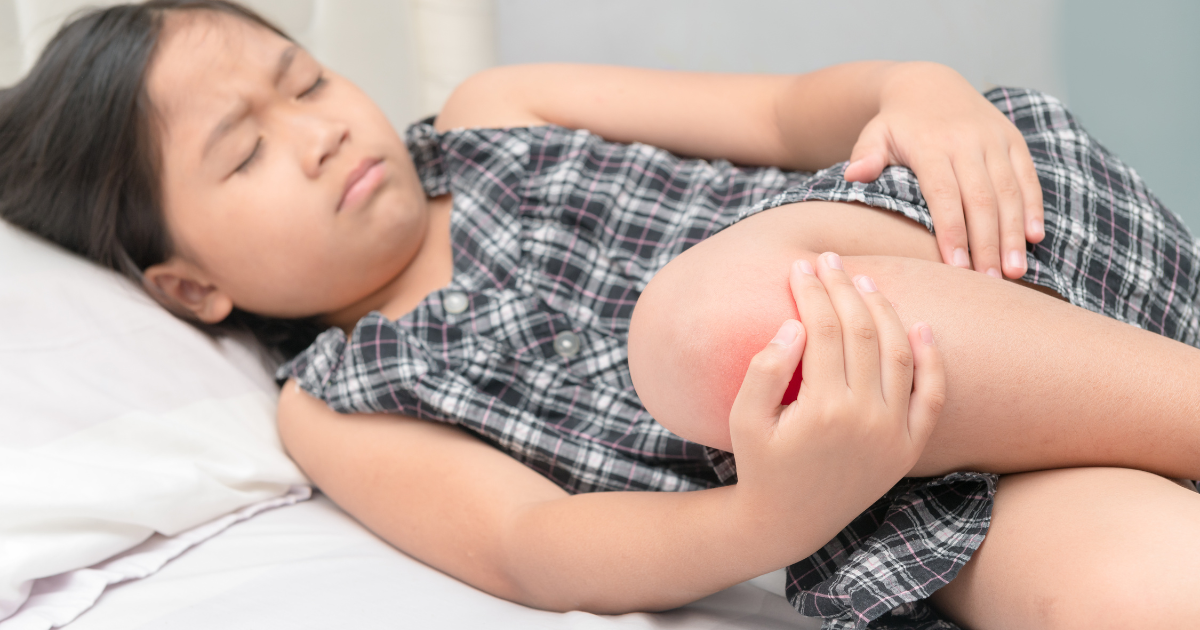What Is a Lupus Butterfly Rash?
The lupus butterfly rash, also known as a malar rash, is a classic sign of Systemic Lupus Erythematosus (SLE). It appears as a red, inflamed rash that spreads across the cheeks and nose in the shape of a butterfly. This rash is not only a visual symptom but often a sign of an underlying autoimmune reaction happening in the body.
What Causes the Lupus Butterfly Rash?
The rash results from inflammation triggered by the immune system mistakenly attacking healthy skin tissue. Common triggers include:
- Sun exposure (UV radiation)
- Stress or illness
- Hormonal changes
- Certain medications
- Lupus flare-ups
It typically appears during disease flare-ups and can be either mild or severe, depending on the individual’s condition.
Symptoms of a Lupus Butterfly Rash
- Redness across both cheeks and the bridge of the nose
- Swelling or mild puffiness in the rash area
- Flaky, scaly, or dry patches
- Rash may be itchy, burning, or tender
- Usually does not involve the skin around the mouth and eyes, helping distinguish it from other rashes
How to Treat and Manage the Lupus Butterfly Rash
1. Avoid Sun Exposure
- UV rays are a major trigger.
- Use a broad-spectrum SPF 50+ sunscreen daily.
- Wear protective clothing and wide-brimmed hats.
2. Topical Medications
- Corticosteroid creams can reduce inflammation.
- Calcineurin inhibitors (like tacrolimus) may be prescribed for sensitive skin.
3. Oral Medications
- Hydroxychloroquine is commonly used for managing lupus-related skin symptoms.
- In severe cases, immunosuppressants or low-dose steroids may be prescribed.
4. Gentle Skincare Routine
- Avoid harsh scrubs or fragranced products.
- Use non-comedogenic moisturizers.
- Look for ingredients like aloe vera, ceramides, or chamomile.
Natural Remedies and Lifestyle Tips
- Anti-inflammatory diet (rich in omega-3s, fruits, and vegetables)
- Stress management through yoga, meditation, or light exercise
- Staying hydrated to maintain skin health
- Get enough sleep to support your immune system
Frequently Asked Questions (FAQs)
Q: Is the butterfly rash permanent?
A: No, it usually comes and goes with flares. However, repeated rashes can cause skin discoloration or scarring if untreated.
Q: Can I wear makeup over the rash?
A: Yes, but only if it’s hypoallergenic and non-irritating. Mineral-based makeup is generally safer.
Q: Can I get the butterfly rash without sun exposure?
A: Yes. While sun is a major trigger, stress, illness, or internal inflammation can also cause it.
Conclusion
The lupus butterfly rash is a key visual sign of lupus, and while it may look alarming, it can be managed effectively with proper care. Early recognition, sun protection, gentle skincare, and the right medication plan are essential. Always consult your rheumatologist or dermatologist if symptoms worsen or pers





